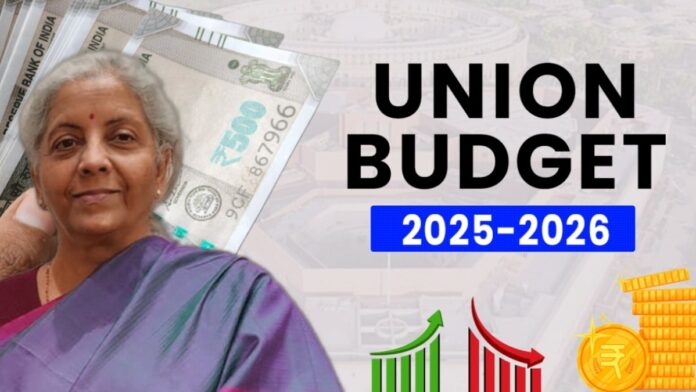The brokerage firm Nuvama in its report on Union Budget 2025-2026 has laid out its expectations highlighting the balancing act the government faces between fiscal prudence and boosting consumption in the face of an economic slowdown.
According to the brokerage firm, the Budget 2025 reflects an effort to stick to the fiscal glide path while offering targeted support for demand, especially through measures like tax cuts for the middle class.
The firm in its report added that the Budget for the fiscal year 2026 has been framed against the backdrop of two main objectives – maintaining fiscal discipline and fostering demand. As per the brokerage house, the Union Finance minister, Nirmala Sitharaman’s proposed measure is aimed to keep the fiscal consolidation intact while giving a boost to the consumption.
The Gross Fiscal Deficit for FY26 is targeted at 4.4% of GDP, which is a reduction from the previous year’s 4.8%. Despite a slightly optimistic fiscal math, the brokerage highlighted that the government remains intact to reduce India’s debt to GDP ratio by 6% to 7% by FY31.
Also ReadRVNL shares down 7%. Here’s why…
Furthermore, the brokerage in its report notes that the fiscal impulse from an aggregate demand perspective remains mildly contractionary. Although there is a consumption push, the government’s allocation for capex has grown only 10%, highlighting a more cautious approach to infrastructure spending.
The brokerage firm also pointed out that core capex, covering areas like roads, railways, and defense, is projected to grow at a modest 3% YoY, the same as FY25.
Tax revenue and fiscal projections
As per the brokerage firm, the tax revenue projections for FY26 appear moderately optimistic. The government has forecast gross tax revenue to grow 10.8% YoY, slightly lower than FY25 11.2% growth.
However, when factoring in the announced Rs 1 trillion income tax cuts, the growth rate of GTR is expected to accelerate to 13.4%. According to the brokerage firm, this assumption could be optimistic particularly when considering the economic weakness.
Also ReadUpcoming IPOs this week: 5 new SME issues and 2 listings to watch
Moreover, the firm noted that the direct taxes are expected to moderate in FY26, with a forecasted 13% growth. Similarly, the indirect taxes are projected to grow by 8% in line with the growth rates seen in FY25.
» Read More


